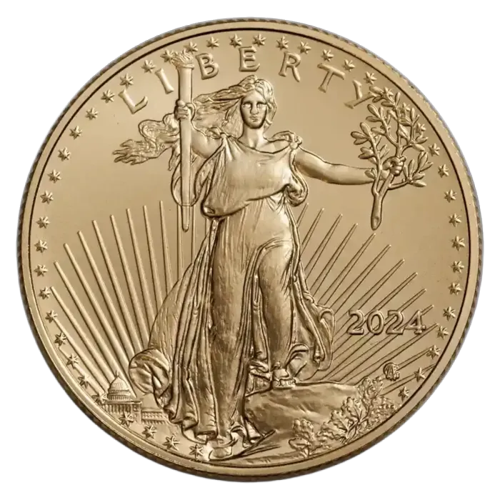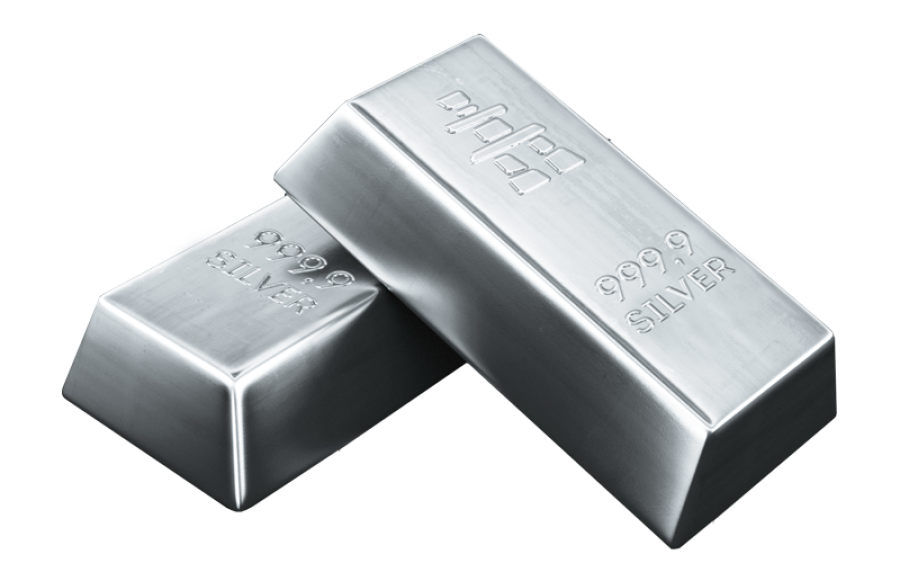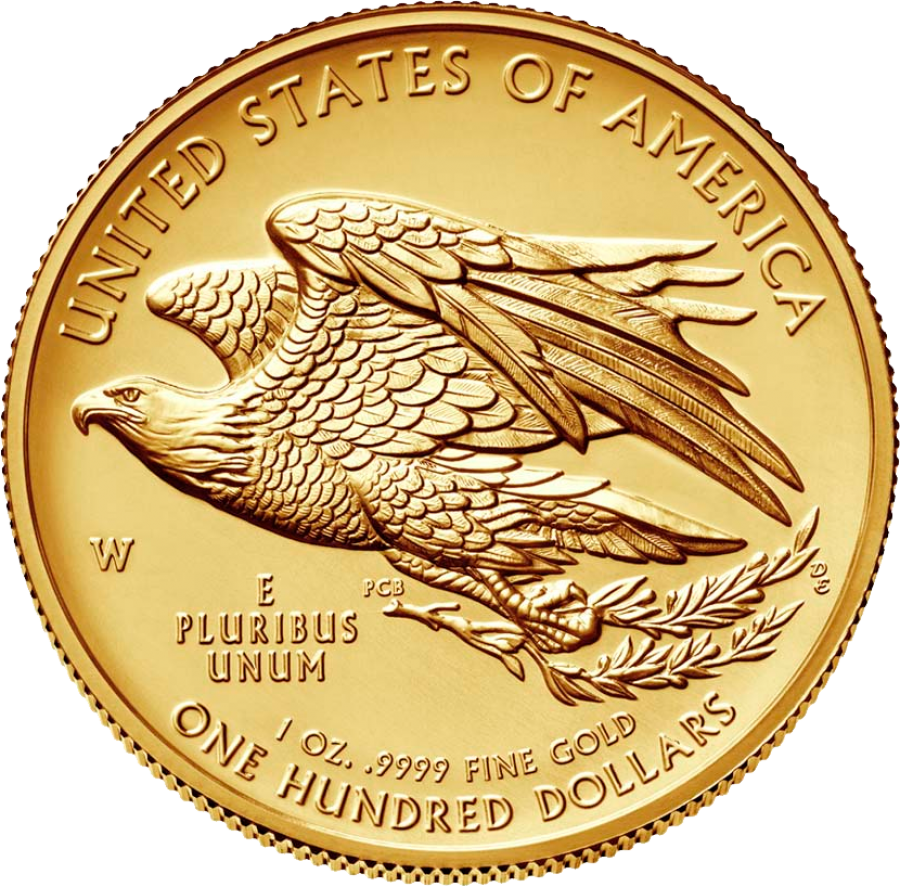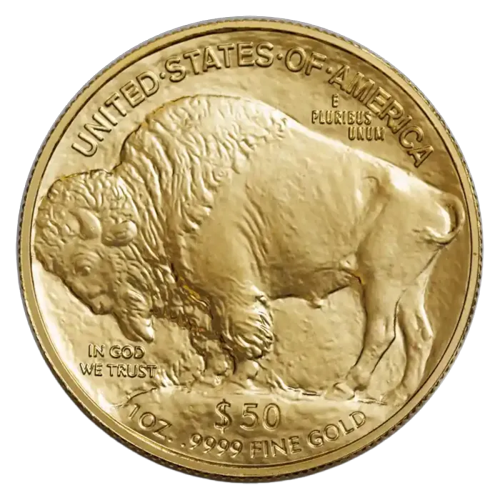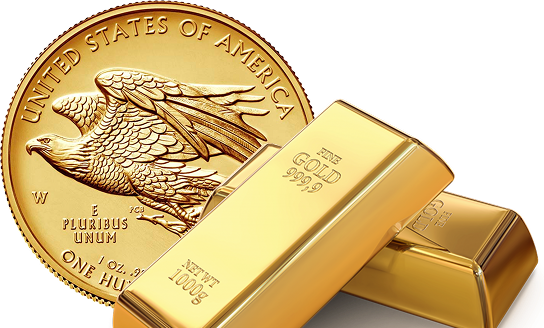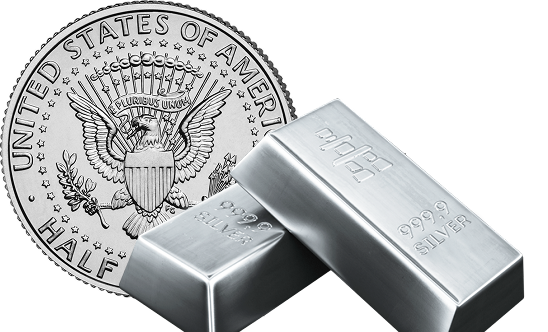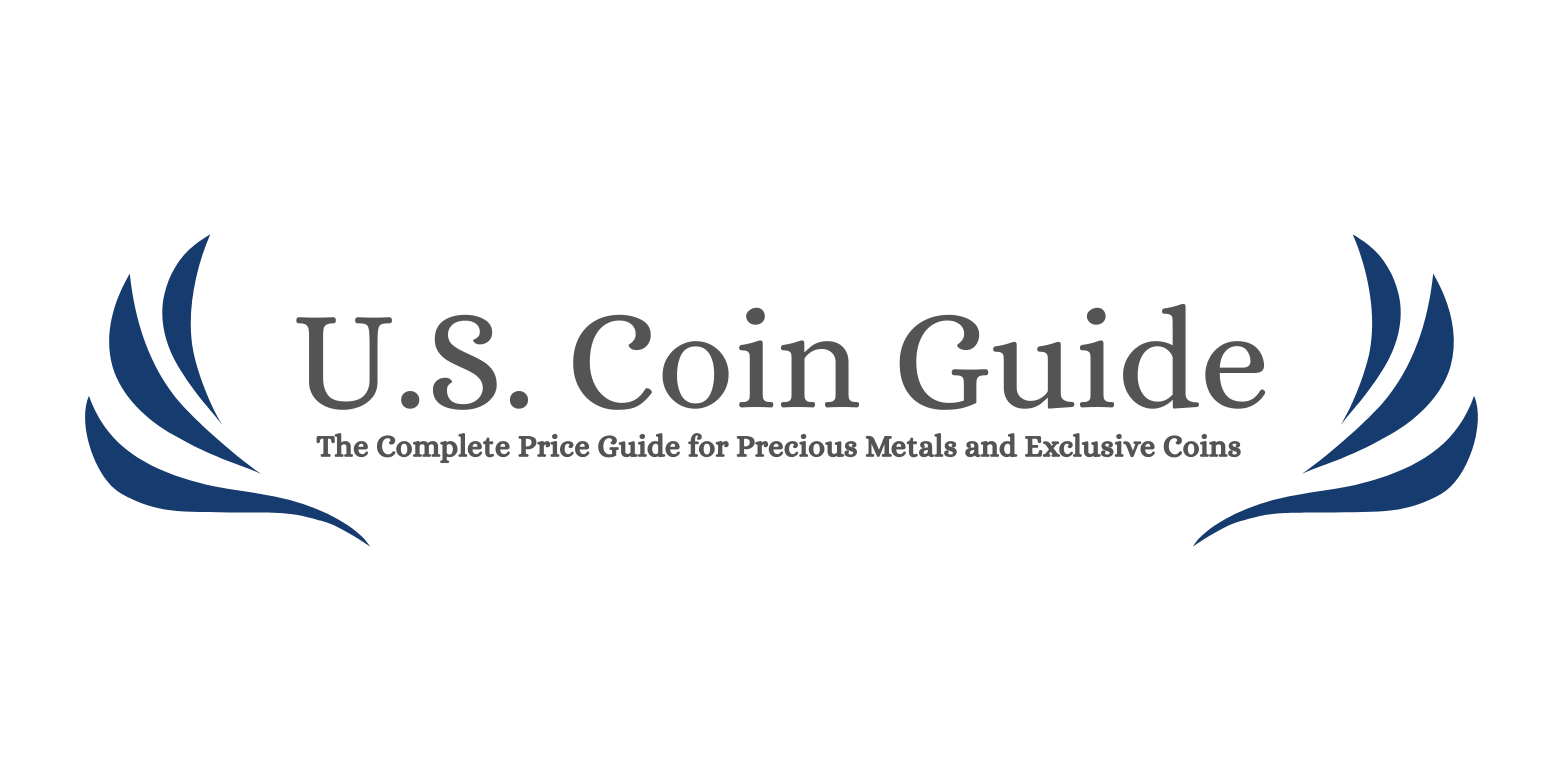
Top Picks
Guide
4-Step Essential Buyer’s Guide
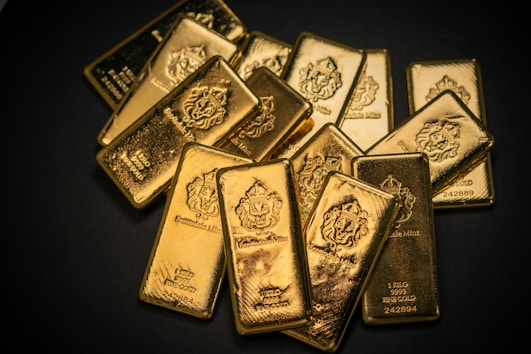
Choose the Right Precious Metal for Your Goals
When buying precious metals, start by clarifying your objective. Are you investing for long-term wealth preservation, hedging against inflation, or collecting rare items? Gold is the classic safe-haven asset, prized for its stability and universal recognition. Silver is more affordable and widely used in industry, making it popular for both stacking and trading. Platinum and palladium are rarer, often tied to industrial demand. If you're a collector, consider exclusive or fixed-mintage coins that may gain value over time due to their rarity and design.
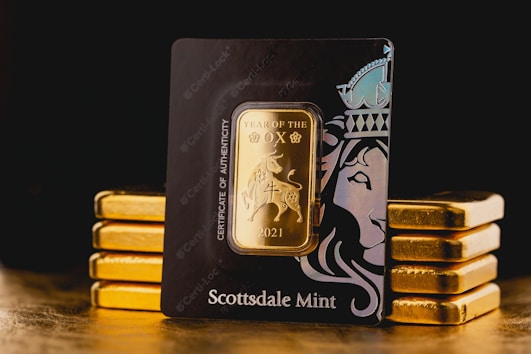
Buy from Trusted, Verified Dealers
Buy from Trusted, Verified Dealers Purchasing from reputable dealers is key to avoiding scams or counterfeit products. Look for dealers with long-standing reputations, visible business licenses, and memberships in professional organizations like NGC, PCGS, or the LBMA. Trusted companies are transparent about pricing, offer certified products, and have strong customer support. Avoid high-pressure sales tactics or unclear pricing. Stick with well-reviewed dealers to ensure you're getting exactly what you paid for.

Understand Product Types and Storage Options
There are several forms of precious metals, each with different advantages. Coins are often legal tender and issued by governments, carrying collectible and resale value. Bars offer the best price per ounce, ideal for bulk investment. Rounds are privately minted and cost-effective, though not legal tender. Fixed-mintage and exclusive coins appeal to collectors due to limited availability. Once purchased, metals must be stored securely. Use a fireproof safe at home, or consider professional storage services from dealers that offer insured vault options.

Plan Your Exit Strategy
Buying is only half the process—knowing how and when to sell your metals is equally important. Many reputable dealers offer guaranteed buyback programs, while others allow you to resell through local shops, coin shows, or online marketplaces. Keep in mind that certain coins with historical or collector value may resell for much more than the spot price. Tracking spot market trends, understanding premiums, and knowing your tax obligations can help you maximize returns when it’s time to liquidate.
Investment
When buying for investment, the priority should be maximizing the amount of metal you receive for your money. This means focusing on purity (typically .999 or .9999 fine), recognized mints, and the lowest premium over spot price. Bullion bars and rounds, especially those produced by reputable private mints like Sunshine Mint or government-backed mints like the Royal Canadian Mint, are ideal. These products are standardized, easy to stack or store, and liquid in resale markets. Since the goal is wealth preservation or portfolio diversification, investors often choose gold or silver bars in larger denominations (e.g., 10 oz or 1 kg) to reduce per-ounce costs.
Collection
Collectors, on the other hand, seek more than just metal content—they’re drawn to design, rarity, mintage limits, and historical or aesthetic value. Fixed-mintage and exclusive coins, especially from government mints like the U.S. Mint or Perth Mint, are often chosen because they have limited production runs and feature unique artwork or themes. Over time, these coins can appreciate significantly due to collector demand, even if spot prices remain flat. Proof finishes, serialized editions, and COAs (Certificates of Authenticity) further enhance appeal in the collector market.
More on Metals
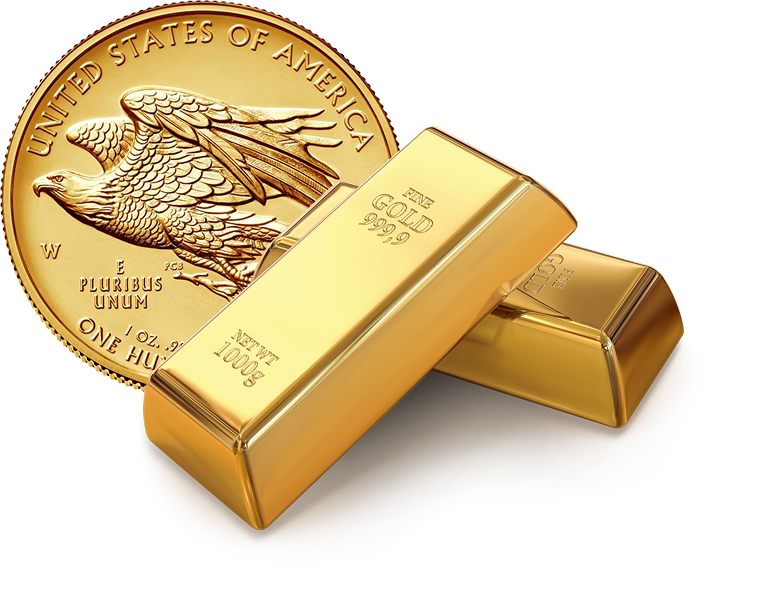
Gold
Gold is the most recognized and historically revered precious metal. Known for its timeless beauty, durability, and global acceptance, gold has served as a symbol of wealth and stability for thousands of years. Whether held as bullion or crafted into collectible coins, gold remains a trusted store of value and a cornerstone in most precious metal portfolios.
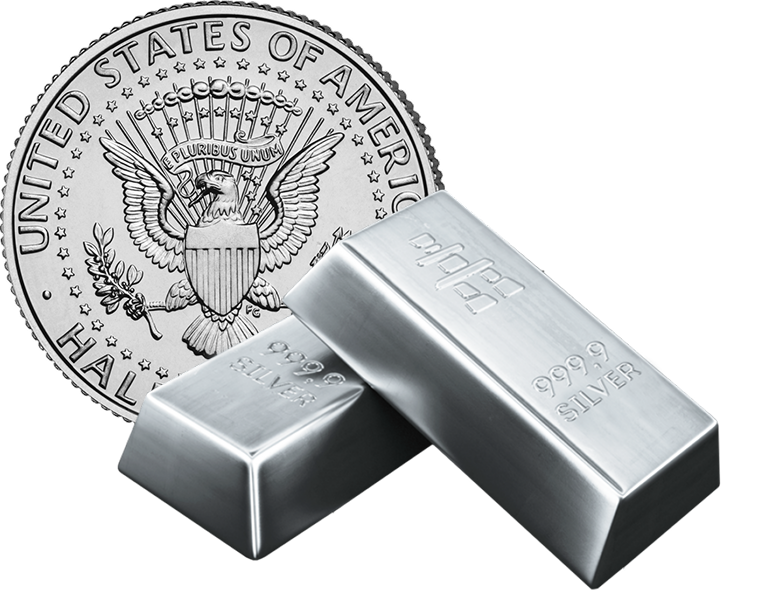
Silver
Silver offers a balance of affordability and utility. It is widely used in investment products, collectible coins, and industrial applications ranging from electronics to solar panels. Its accessibility and dual demand as both an investment and industrial metal make silver a popular choice among new and seasoned investors alike.
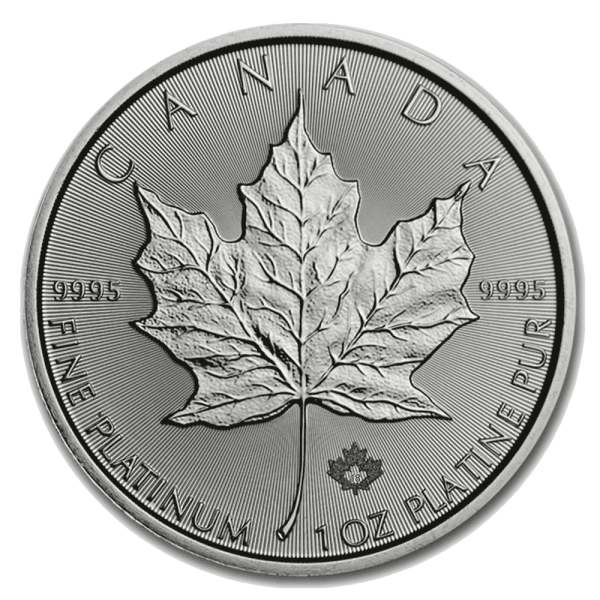
Platinum
Platinum is a rare, dense metal prized for its strength and resistance to corrosion. It's valued not only for investment but also for its vital role in the automotive, chemical, and jewelry industries. With far less global supply than gold or silver, platinum represents a unique investment with long-term growth potential.
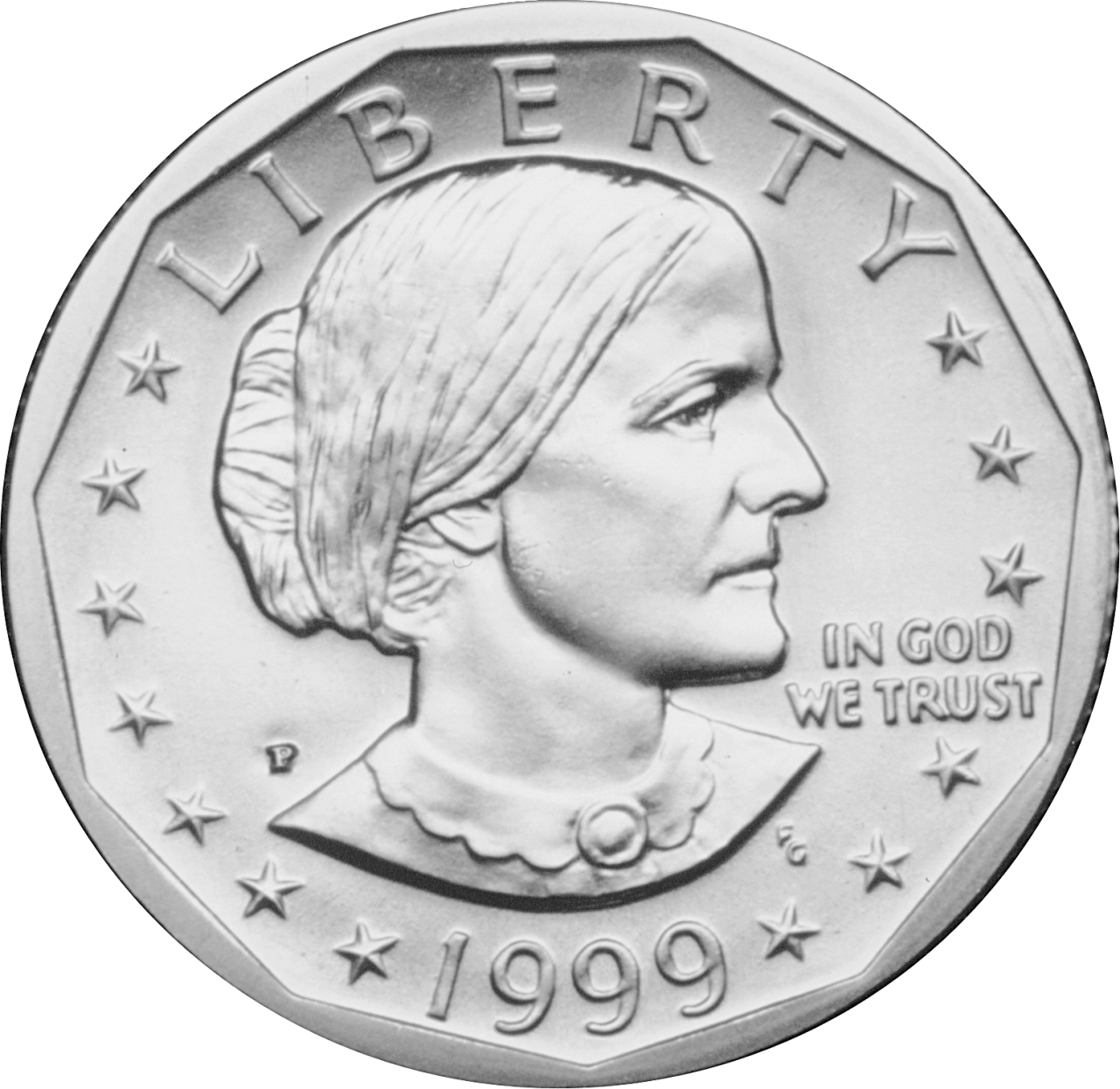
Palladium
Palladium is one of the least-known but most important precious metals in modern industry. It’s essential for catalytic converters in vehicles and has growing uses in electronics and emerging green technologies. With high industrial demand and limited production, palladium has experienced dramatic price increases in recent years.
Product types
Precious Metal Product Types

When investing in or collecting precious metals, it's important to understand the differences between the available product types. Whether you're buying for long-term wealth preservation, short-term growth, or personal enjoyment, the format you choose—coin, bar, round, or exclusive edition—can affect cost, liquidity, and future value. Below is a breakdown of the most common product types.
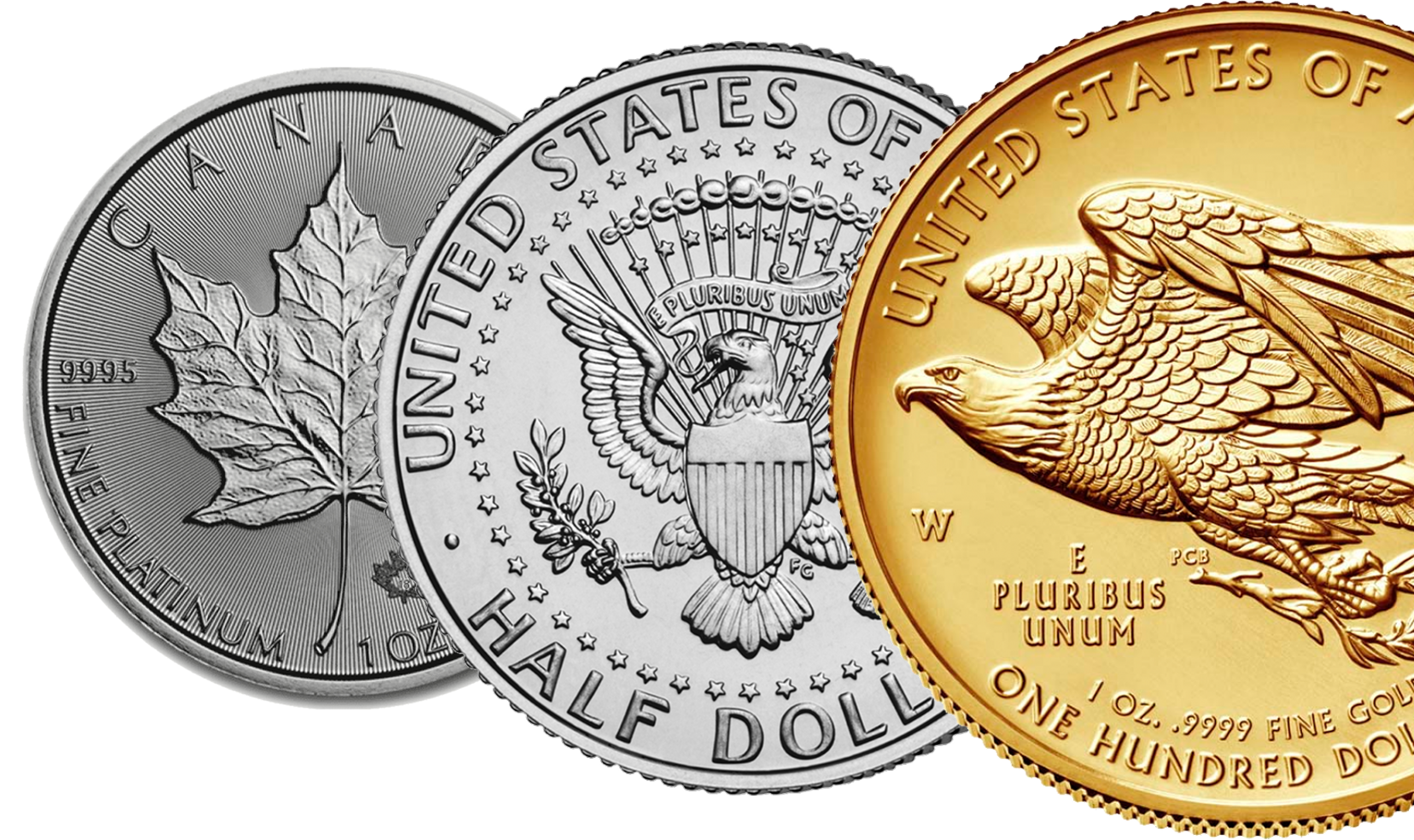
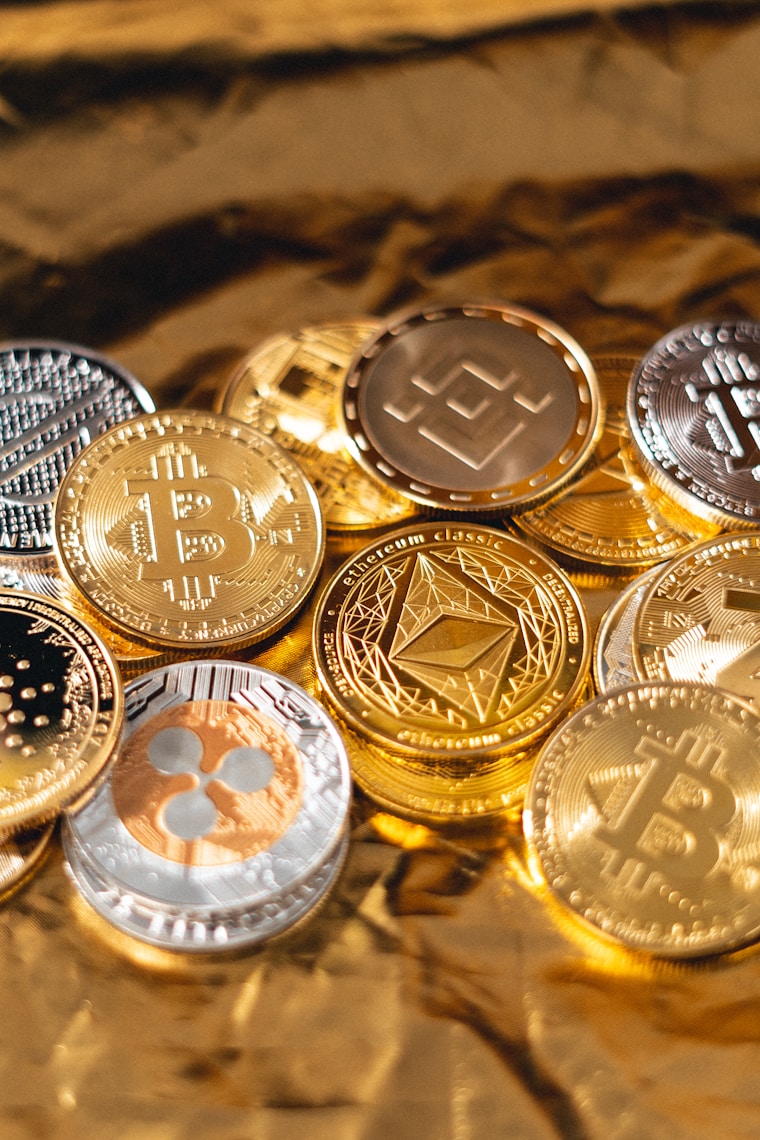
Coins
Government-issued coins are legal tender and minted by sovereign governments like the U.S. Mint, Royal Canadian Mint, and Perth Mint. They carry a face value but are primarily valued based on their metal content and rarity. Coins often have the highest recognition and are easy to resell due to their trust factor and global demand. Popular examples include the American Gold Eagle, Canadian Silver Maple Leaf, and South African Krugerrand.
Best for: Investors and collectors who want globally recognized, highly liquid assets with potential numismatic value.
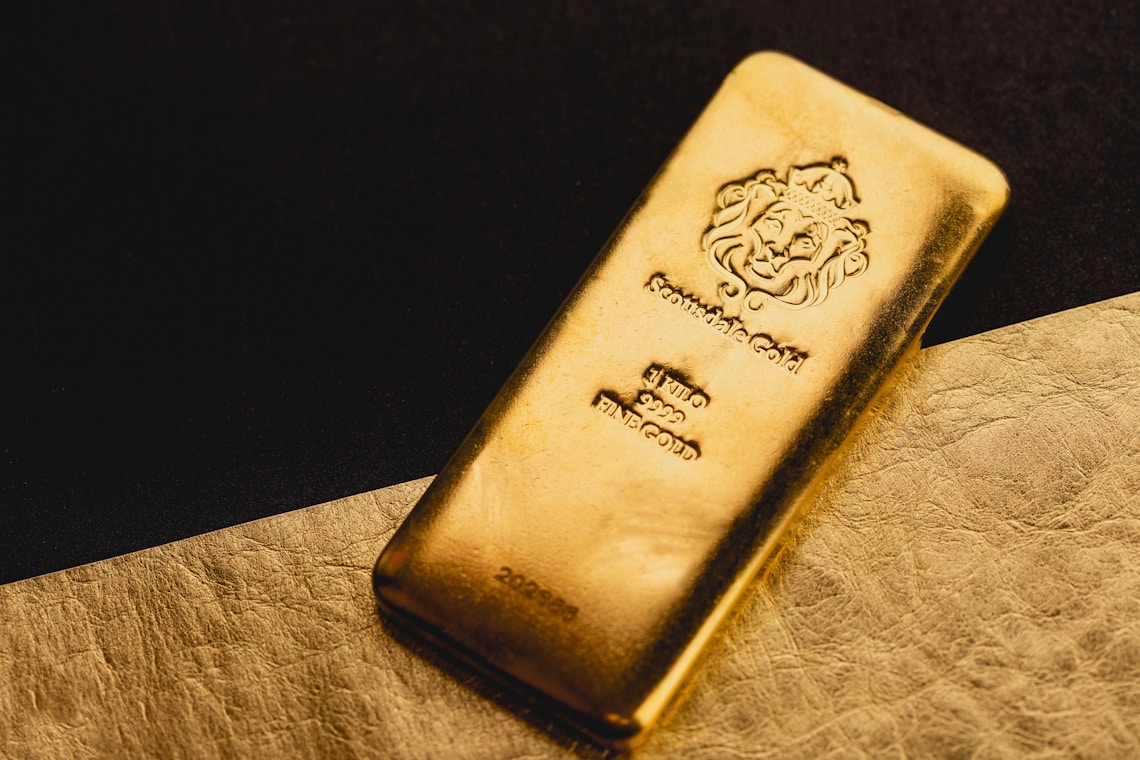
Bars
Bars are rectangular, high-purity bullion products typically produced by private or sovereign mints. They offer the lowest premium over spot price per ounce and are ideal for buying in bulk. Available in various sizes (from 1 gram to 1 kilogram or 100 oz), bars are easy to store and stack.
Best for: Long-term investors focused on weight and value over design or collectibility.
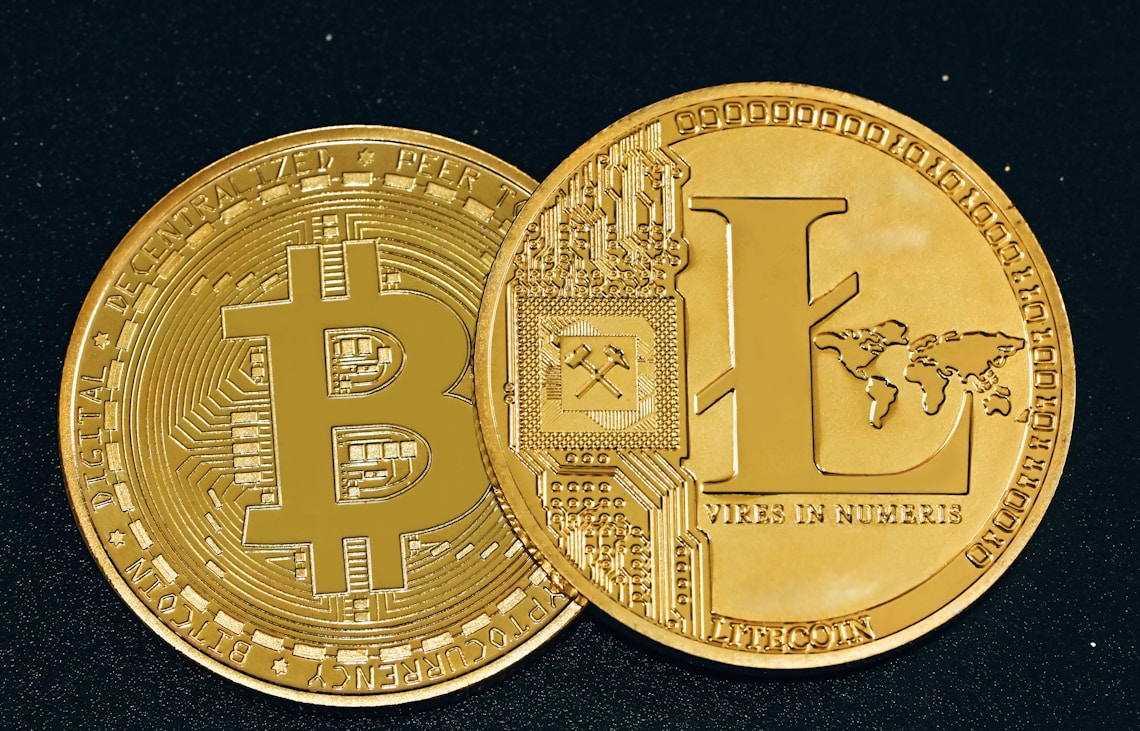
Rounds
Rounds are privately minted bullion products that resemble coins but are not legal tender. They offer a lower-cost option for investors looking to stack pure metal. With no face value or collector appeal, rounds are designed for affordability and metal content — not collectibility.
Best for: Investors focused on metal weight over mint or design pedigree.
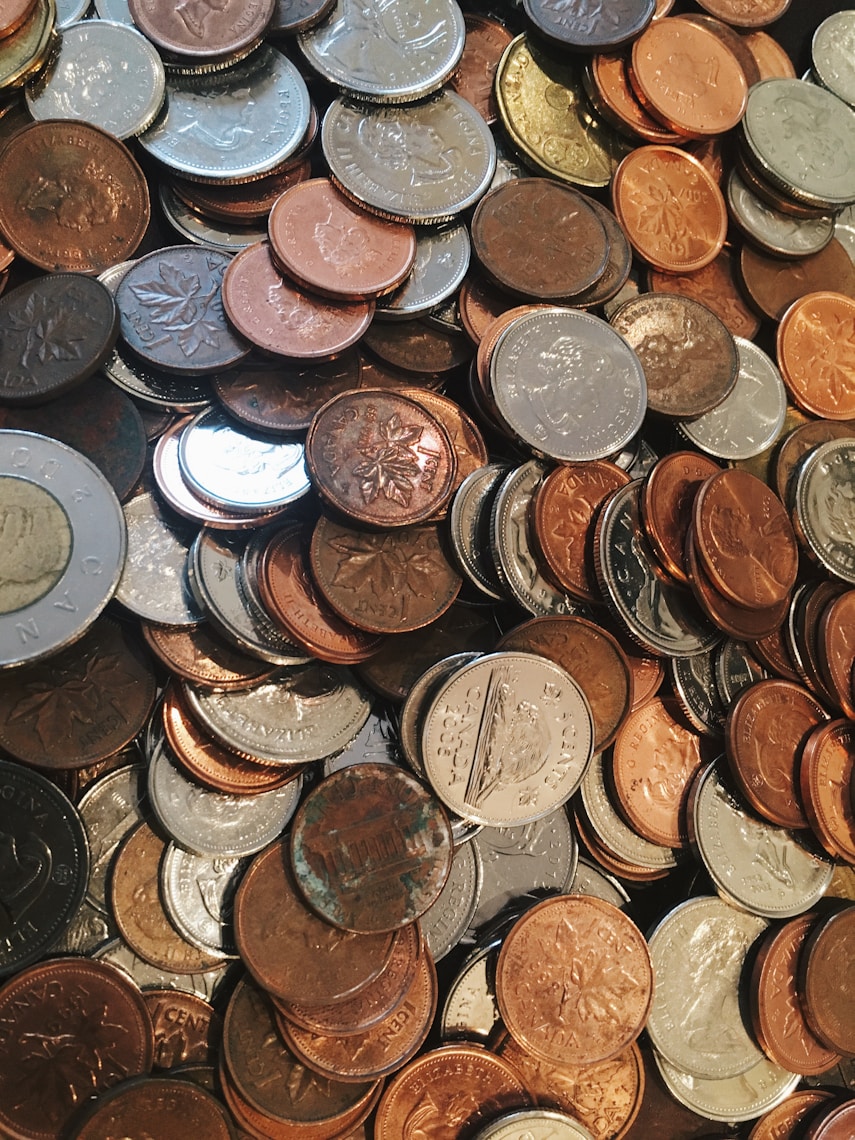
Fixed Mintage Coins
Fixed mintage coins are limited-production precious metal pieces issued by both government and private mints. Government mints (like the U.S. Mint or Royal Canadian Mint) release legal tender coins with set maximums, often serialized and accompanied by Certificates of Authenticity. Private mints (such as Germania or Scottsdale Mint) produce non-legal tender versions, also limited and often commissioned by dealers for exclusive collections. Their built-in scarcity enhances collector appeal and can lead to strong secondary market demand.
Best for: Collectors and investors seeking rarity, premium presentation, and potential appreciation beyond metal content.
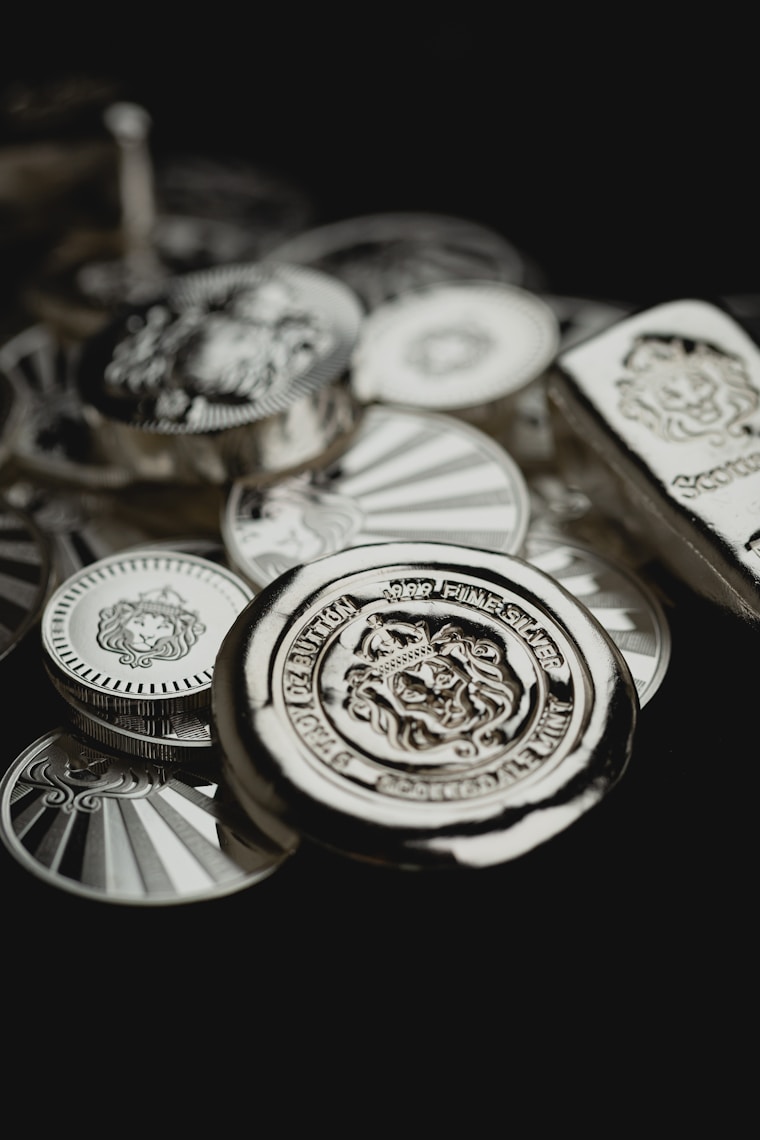
Exclusive Releases
Exclusive releases are custom-minted products or collaborations that are only available through specific dealers or brands. While they may also be limited in quantity (like fixed mintage), exclusivity centers on who can sell them — not just how many exist. These products often carry unique designs or themes not available anywhere else.
Best for: Collectors seeking one-of-a-kind pieces and brand-specific releases.
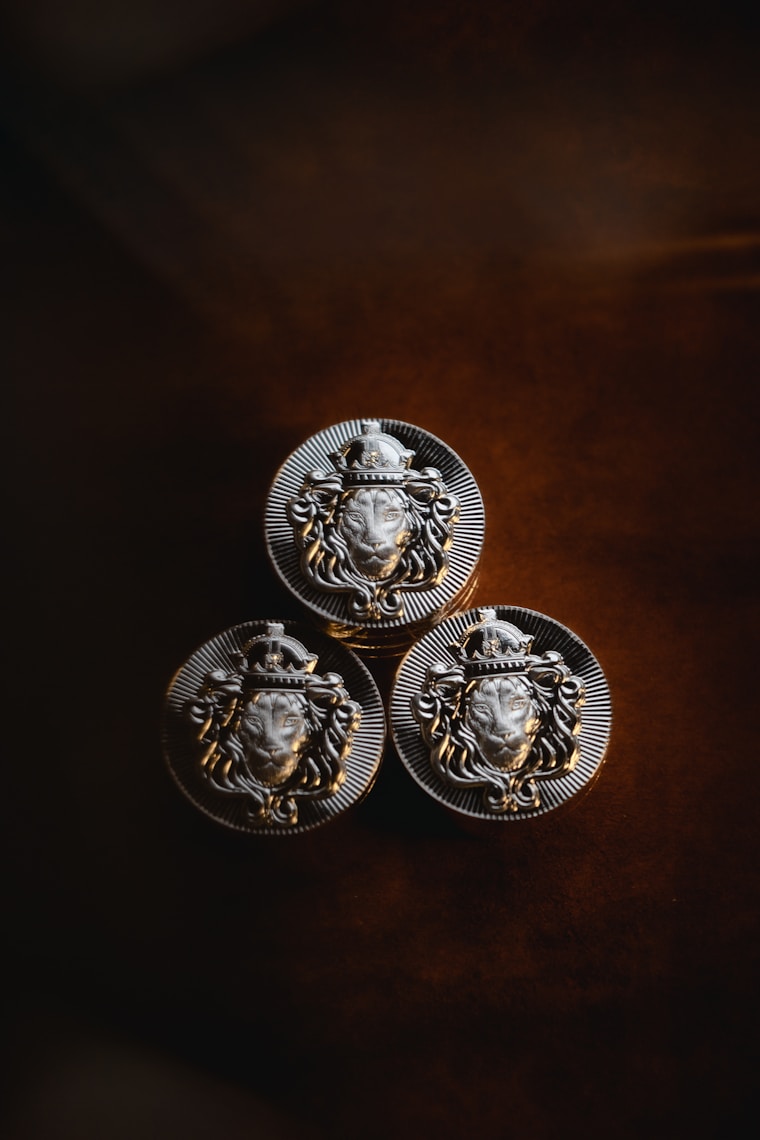
Certified/Graded Coins
Certified or graded coins have been authenticated and rated by third-party grading services such as PCGS or NGC. These coins are encased in tamper-proof holders and assigned a numerical grade (e.g., MS70 for perfect condition). Graded coins are particularly popular among numismatists and can hold significant value if tied to key dates, low mintages, or high historical demand.
Best for: Serious collectors or those looking to ensure long-term value protection and authentication.
TRUST
Your trusted source for precious metals information
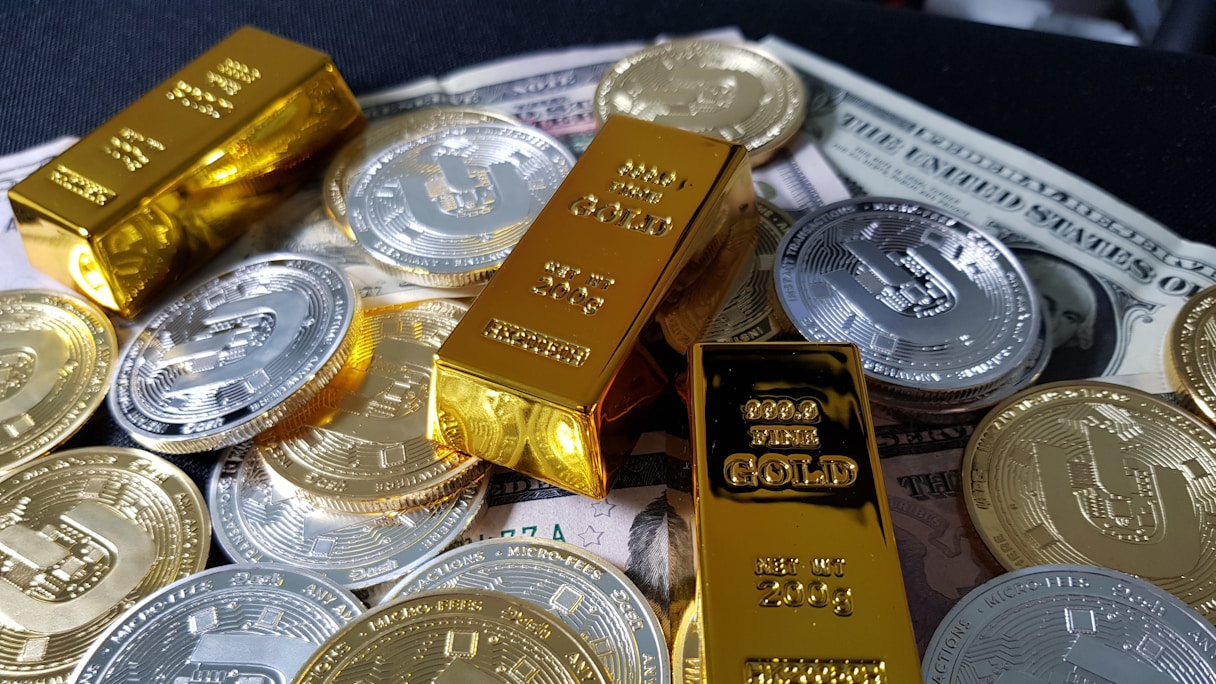
Reliability
Why rely on U.S. Coin Guide?
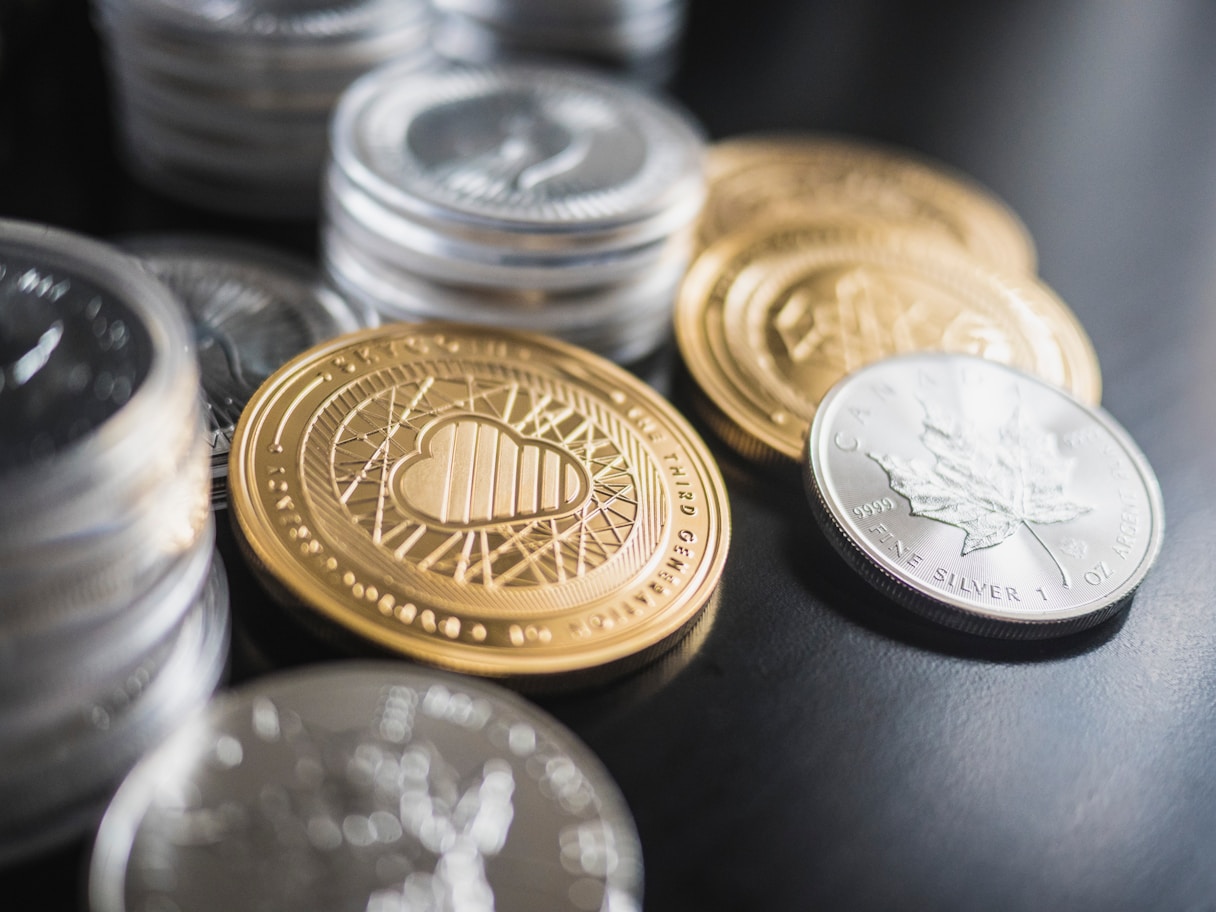
Our Network
Trusted Industry Leaders Worldwide
faqs
Find answers to your most pressing questions about buying and selling
The spot price is the current market price for one troy ounce of a precious metal — gold, silver, platinum, or palladium — for immediate delivery. It fluctuates throughout the day based on global supply and demand, market speculation, economic data, and geopolitical events.
Glossary
Key Terms for Understanding Precious Metals, Bullion Investing, and Coin Collecting
Ask Price
The lowest price a dealer is willing to sell a metal product for.
Paired with: Bid Price
Assay
A certification that confirms a product’s purity and weight, often accompanied by sealed packaging.
Related terms: Assay Card
Assay Card
A tamper-proof card or certificate that accompanies a bullion bar or coin to verify its authenticity and purity.
Related to: Assay, Bar, Mint
Bar
A rectangular piece of bullion stamped with weight, purity, and mint origin.
Also referred to as: Ingot
Bid Price
The highest price a dealer is willing to pay for a precious metal product at a given time.
Paired with: Ask Price
Brilliant Uncirculated (BU)
A coin that hasn’t been circulated and retains its original mint condition, but is not a proof coin.
Related terms: Uncirculated Coin
Bullion
Precious metals in raw form, including coins, bars, and rounds, valued by weight and purity rather than design or collectibility.
Related terms: Investment-Grade Metals
Bullion Coin
A government-issued coin with a face value, made primarily for investment. Examples include the American Gold Eagle and Canadian Maple Leaf.
Compare with: Round, Numismatic Coin
Buy-Back Price
The price a dealer will pay to repurchase a product. Often lower than the selling price.
Also called to as: Bid Price, Dealer Buyback
Certified & Graded Coin
A coin that has been professionally authenticated and assigned a grade by a third-party grading service such as PCGS or NGC. The grade reflects the coin's condition and can significantly impact its value. Certified coins are encapsulated in tamper-proof holders with barcode and serial identification.
Connected to: Numismatic Coin, Mint State
Dealer Markup
The profit margin a dealer adds on top of the spot price, included in the premium.
Connected to: Premium, Spread
Exclusive Release
A precious metal product that is only available through a specific dealer, brand, or partnership. While it may also have a limited mintage, its exclusivity lies in who has the rights to distribute it. Exclusive releases often feature custom designs, packaging, or branding.
Connected to: Fixed Mintage — both are limited in availability, but “exclusive release” emphasizes distribution control, while “fixed mintage” emphasizes production limits.
Face Value
The nominal or legal value of a coin as currency (e.g., $50 for a Gold Eagle), unrelated to its metal content or market value.
Connected to: Legal Tender
Fineness
The measure of metal content in a coin or bar. Expressed as a decimal (e.g., .999 = 99.9% pure).
Also called to as: Purity
Fixed Mintage
Refers to coins or bars produced in a set quantity. Adds collector value due to scarcity.
Also called to as: Limited Edition, Low Mintage
Hallmark
A stamped mark on a bullion product indicating authenticity, purity, and origin.
Also referred to as: Mint Mark
Ingot
A synonym for a bar, typically larger in size and more generic in shape.
Connected to: Bar, Bullion
Investment-Grade Metals
Bullion products with high purity (.999 or higher) purchased primarily for wealth preservation or portfolio diversification.
Related terms: Bullion, IRA-Eligible Metals
IRA-Eligible Metals
Precious metal products that meet IRS guidelines for inclusion in a self-directed retirement account.
Also referred to as: IRA-Approved Metals
Legal Tender
A coin that has a face value assigned by a government and can technically be used to pay debts.
Related to: Bullion Coin, Face Value
Melt Price
The intrinsic value of a precious metal item based solely on its weight and the current spot price, not factoring in premiums or numismatic value.
Also called to as: Spot Price
Mint
A facility that manufactures coins or bullion products. Can be government-backed (e.g., U.S. Mint) or private.
Examples: Perth Mint, Royal Canadian Mint, Valcambi
Mint State
A grading term for coins that have not been circulated and show no wear, typically MS-60 to MS-70.
Connected to: BU Coin, Uncirculated Coin
Numismatic Coin
A coin valued for rarity, age, condition, and historical significance rather than just its metal content.
Also referred to as: Collectible Coin
Premium
The added cost above the spot price, accounting for minting, handling, distribution, and dealer markup.
Sometimes called: Markup
Proof Coin
A collector-grade coin with a mirror-like finish, struck using special dies and polishing techniques.
Related terms: Uncirculated Coin
Purity
The percentage of a metal in an alloy. For investment-grade gold or silver, it’s typically 99.9% or higher.
Also referred to as: Fineness
Round
A coin-shaped bullion piece not produced by a government mint and not legal tender.
Compare with: Bullion Coin
Spot Price
The live market price for one troy ounce of a precious metal. It serves as the foundation for pricing bullion.
Also referred to as: Melt Price, Live Price
Spread
The difference between the ask price and the bid price. A lower spread typically indicates a more liquid market.
Related terms: Premium, Buy-Back Price, Dealer Markup
Troy Ounce
The standard unit used to weigh precious metals. One troy ounce = 31.1035 grams.
Do not confuse with: Avoirdupois ounce (~28.35 grams)
Uncirculated Coin
A coin that hasn’t been used in circulation and maintains its original mint luster.
Also referred to as: BU Coin, Mint State
